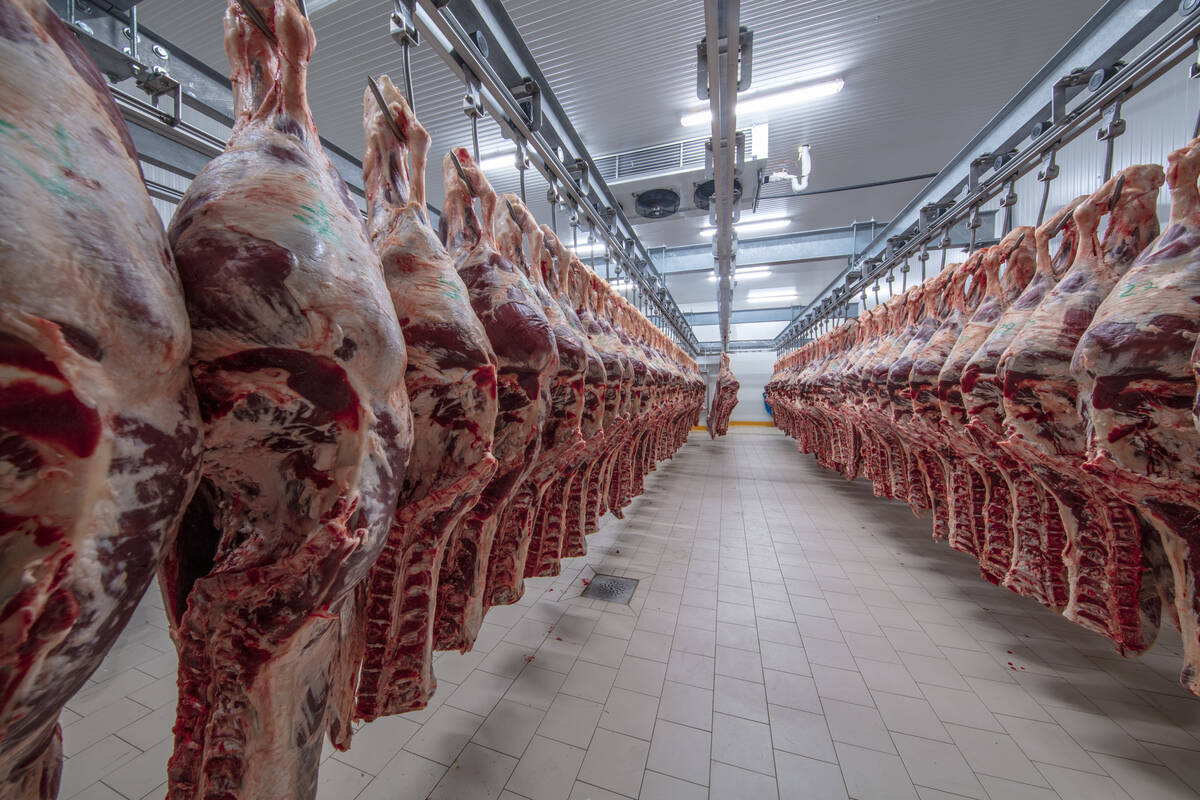Glacier Farm Media | MarketsFarm – Corn and soybean futures on the Chicago Board of Trade continued to be supported by the latest supply and demand report issued by the United States Department of Agriculture, said analyst Bryan Strommen of Progressive Ag in Fargo, ND. Meanwhile, wheat has been contending with pressure from an increase in acres.
Strommen said the USDA, in its World Agricultural Supply and Demand Estimates released Jan. 10, dropped the domestic yield for 2024/25 to 179.30 bushels per acre from 183.10, and cut that for soybeans to 50.70 bu./ac. from 51.70.
Read Also

U.S. livestock: Cattle make small gains, hogs fall
Chicago cattle futures made modest gains on Monday while hogs pulled back. Most-active February live cattle closed at 230.550 cents…
“Additional support has come from the dry weather in Argentina, but there is rain in the forecast starting (Jan. 16) for the next five days,” the analyst stated. “The South American weather certainly plays a big part in these markets in the wintertime up here.”
As for U.S. winter wheat, Strommen said the USDA placed domestic winter wheat acres for higher than expected, at 34.12 million compared to 33.39 million in 2024.
He said there is a chance for the crop to incur some winterkill damage across much of the Midwest over the weekend of Jan. 18 to 19. But he pointed out that Kansas recently received upwards to 20 inches of snow, which will protect the winter wheat.
“Winter wheat is like a cat with nine lives,” Strommen quipped, noting any damage from winterkill can’t be properly assessed until the crop comes out of dormancy in March and April.
With Donald Trump set to be sworn-in as the next U.S. President on Jan. 20, Strommen pointed out there’s too little to go on as to what the incoming administration might do with tariffs, and that the markets played into those threats when Trump announced them about six weeks ago.
“Traders are just waiting to see what he actually does,” he explained, noting there’s speculation the tariffs might now be levied on certain goods the U.S. imports from Canada, Mexico and China.














